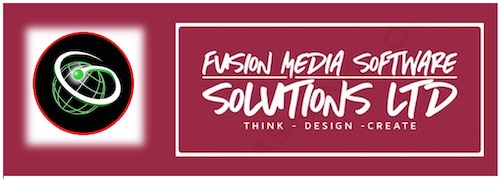Beginners Guide to the JavaScript programming language
JavaScript is a powerful programming language essential for creating interactive and dynamic web content. This article beginners guide to the Javascript programming language will introduce you to the basics of Javascript, that I have discovered in my journey through University learning Javascript and this article will set you up for a solid foundation for your own personnel JavaScript journey, as I once did.
Introduction to JavaScript
Before you start you journey, I would like to introduce JavaScript as a versatile language primarily used to make websites interactive. Along with HTML and CSS, it forms the core concept of web development. Learning JavaScript will allow you to create engaging web applications and understand the principles behind many modern websites.
Getting Started with JavaScript
JavaScript can be run directly in web browsers or through a JavaScript runtime like Node.js. You can start practicing by using the console in your browser’s developer tools or embedding JavaScript in an HTML file.
<!DOCTYPE html>
<html lang="en">
<head>
<title>JavaScript Test</title>
</head>
<body>
<script>
console.log("Hello, JavaScript!");
</script>
</body>
</html>
Basic JavaScript Syntax
JavaScript syntax is simple and easy to read. Statements end with a semicolon, and blocks of code are contained within curly braces. Comments are made with // for single lines or /* ... */ for multiple lines.
Working with Variables
Variables in JavaScript store data values. You can declare variables using let, const, or var. The let and const keywords were introduced in ES6 and are commonly used in modern JavaScript.
let name = "Alice";
const age = 30;
var city = "New York";
Understanding Data Types
JavaScript has several basic data types: String, Number, Boolean, Undefined, Null, Object, and Symbol. Each type serves different purposes in programming.
let isStudent = true; // Boolean
let score = 95; // Number
let lastName = "Doe"; // String
let notDefined; // Undefined
Creating Functions
Functions are reusable blocks of code that perform a specific task. You can define functions using the function keyword or with arrow functions (introduced in ES6).
// Traditional function
function greet(name) {
return "Hello, " + name;
}
// Arrow function
const greet = (name) => "Hello, " + name;
Using Loops
Loops allow you to execute a block of code multiple times. JavaScript supports several loops, including for, while, and do...while loops.
// For loop
for (let i = 0; i < 5; i++) {
console.log(i);
}
// While loop
let j = 0;
while (j < 5) {
console.log(j);
j++;
}
Conditional Statements
Conditional statements allow you to control the flow of your program. JavaScript has several conditional statements, such as if, else if, and else, as well as switch statements for multiple conditions.
let age = 18;
if (age >= 18) {
console.log("You are an adult.");
} else {
console.log("You are a minor.");
}
Introduction to DOM Manipulation
The Document Object Model (DOM) represents the structure of a webpage. JavaScript allows you to interact with the DOM to change content, styles, and more. For example, you can use document.getElementById to select and modify elements.
// Changing text content
document.getElementById("myElement").textContent = "Hello, World!";
Conclusion
JavaScript is a important and fundamental language for web development, empowering you to create interactive and dynamic user website experiences. By mastering the basics of Javascript, including syntax, variables, functions, loops, and DOM manipulation, you'll be well on your way to building powerful web applications.
To key to improving your Jacascript knowledge is to keep practicing and exploring more advanced JavaScript topics, such as ES6 features, asynchronous programming, and frameworks like React or Vue, to continue your journey in web development.
